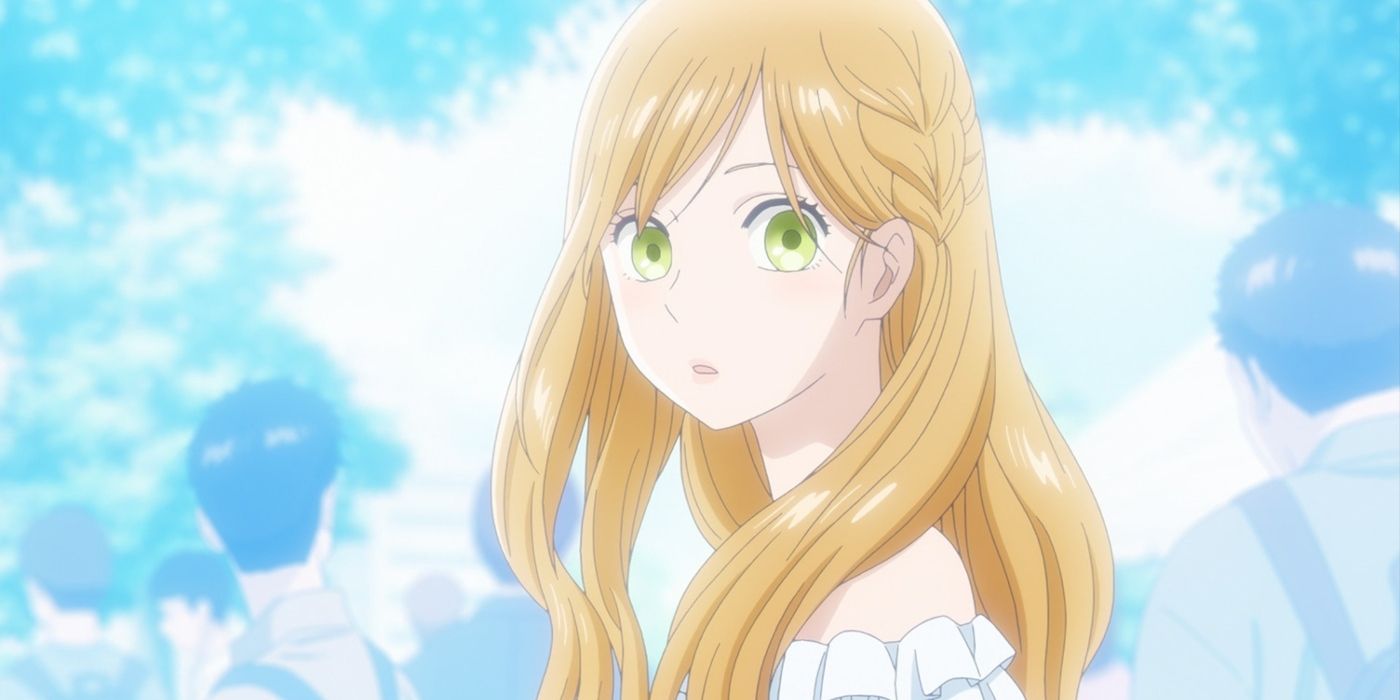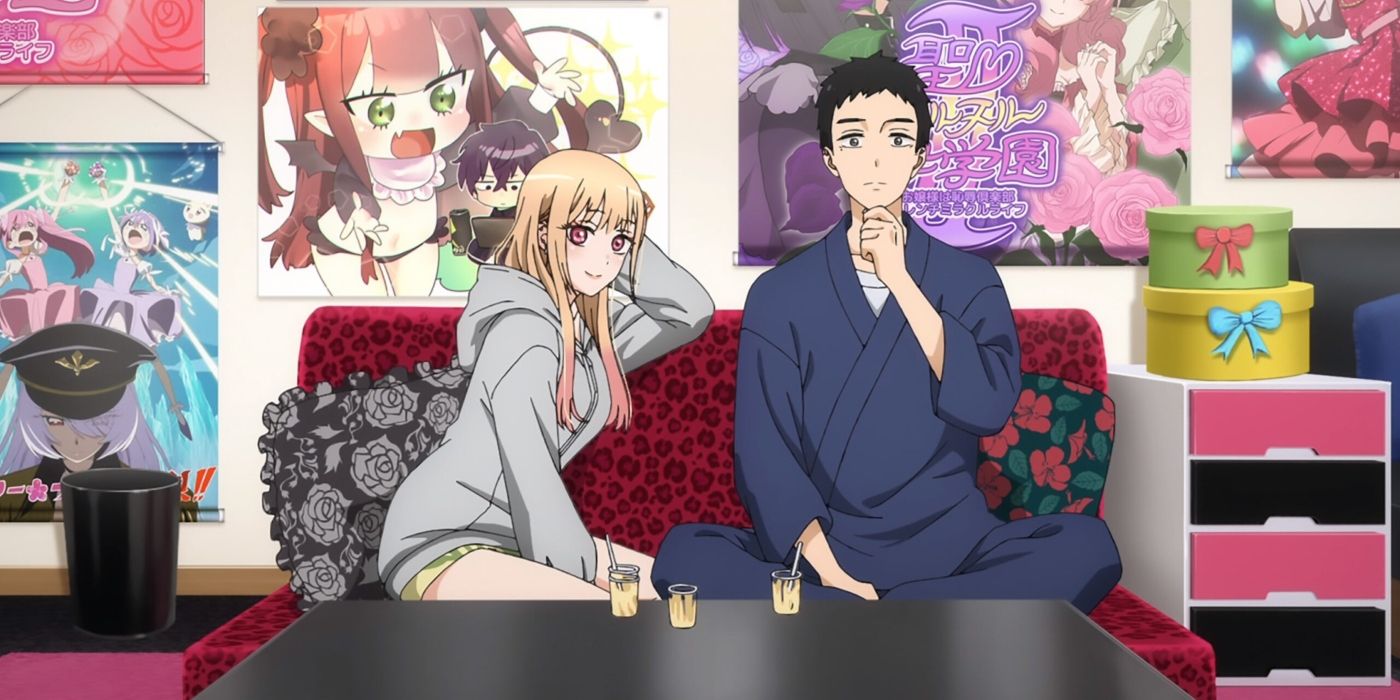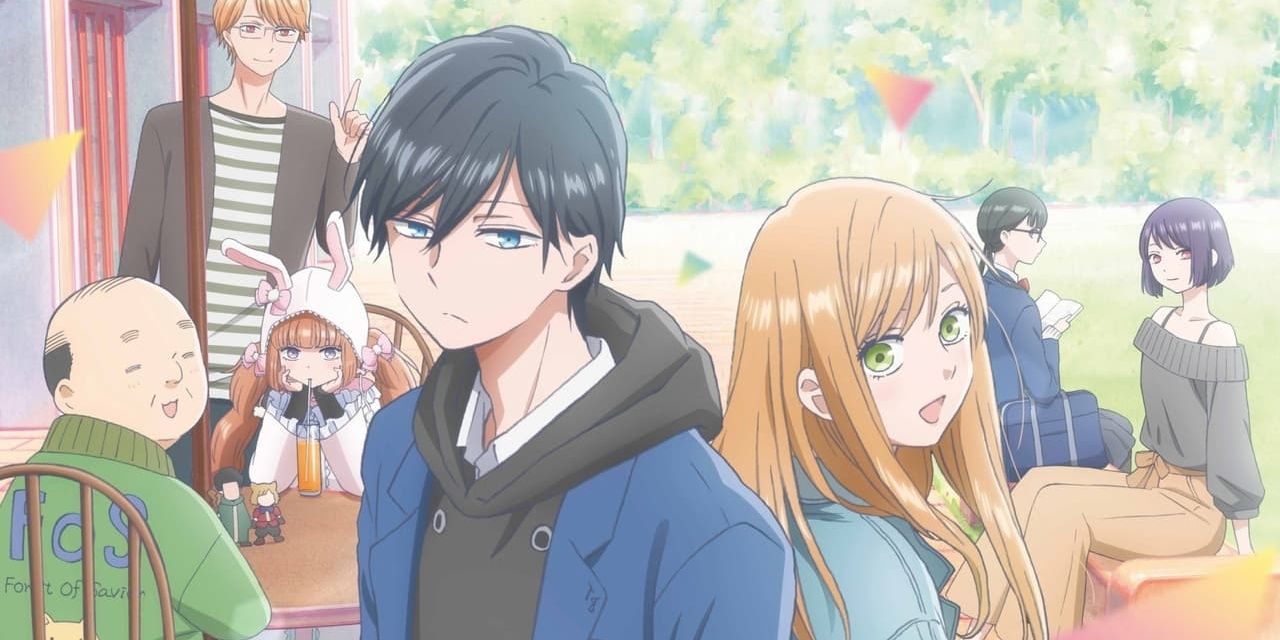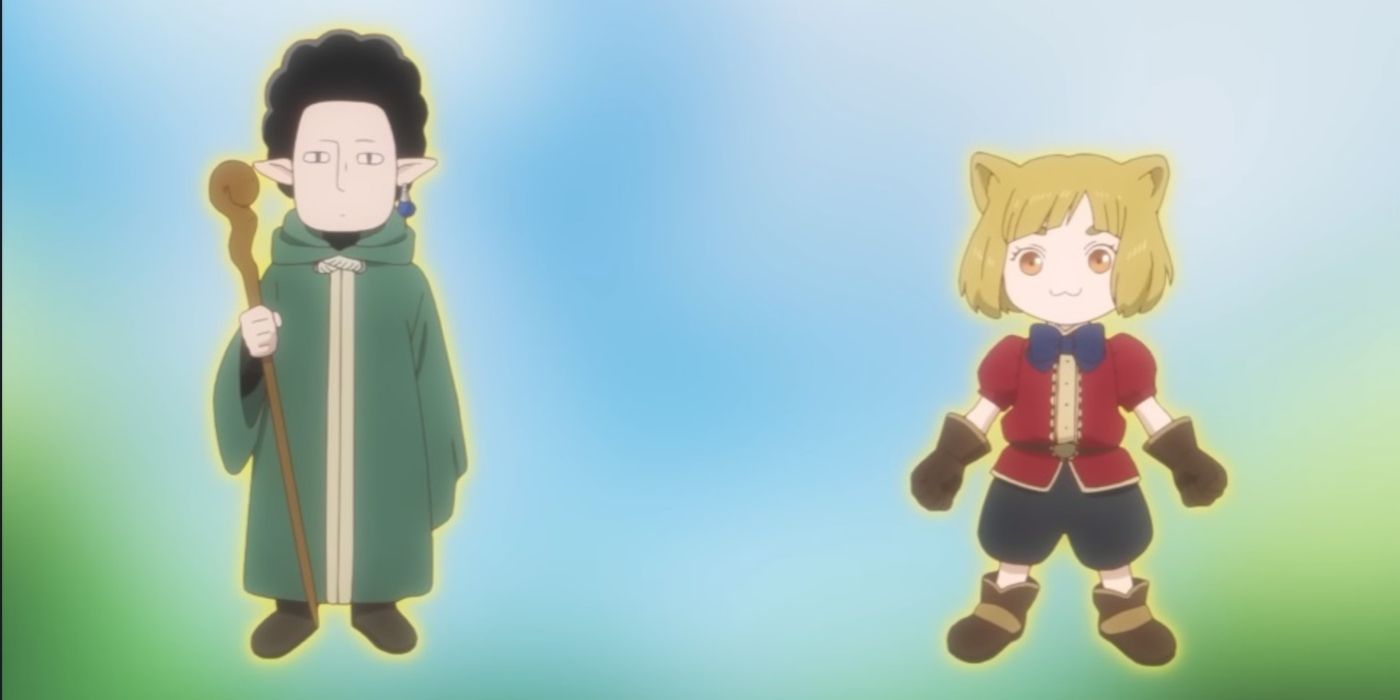While this Spring 2023 anime season has seen a few romance anime make their debut, My Love Story with Yamada-kun at Lv 999 has garnered the most popularity with great reviews so far. Its unlikely romance between a casual and a professional gamer is a fresh twist setting for the genre, but it's also a setup that reinvents a tiresome trope.
Gamer girls are by no means new to anime, but they have grown to become boxed into a trope of expectations both throughout anime and in gaming culture. While the idea of girls and women playing video games has become more acceptable in the last several years, there is still a great deal of pressure on them to meet certain expectations. Though anime has presented a slight variation in girl gamers, it's not enough of a spectrum to allow all women to play and be themselves. Thankfully, My Love Story with Yamada-kun proves that women don't have to be the ideal gamer in order to play their favorite games.
The Gamer Girl Trope, Explained
Typically in anime, the "gamer girl" is a female character who is either the most sexually attractive (such as Marin Kitagawa from My Dress-Up Darling) or the most sloppily dressed (like Konata Izumi from Lucky Star), though still fitting into the acceptable body type for women. There is no in-between with these characters, as they are either meant for the male gaze or are accepted as "one of the guys" and therefore allowed to look messy. At the core of this trope is their perfect skill levels in regard to the video game in question. These ladies are the number one players and can stand toe-to-toe against the guys, thereby garnering their respect. While there's nothing wrong with this or with the gamer girl's obsession with gaming, it leaves out a large group of women in reality.
Not every woman plays video games to be the best or completely immerse themselves in every aspect of the game. There are casual female gamers who, sadly, are bullied and pushed out of the community because they don't fit into the tropes or expectations that come with the idea of a "gamer girl." This has continued to maintain the gaming community at large as dominantly male, which is mainly concerning because of the mistreatment of female gamers. Of course, this issue isn't so black and white, as there are certainly a number of male and female gamers who play together in harmony; however, there is still pressure on female gamers who don't live up to other gamers' standards. This is where the representation in My Love Story with Yamada-kun is both different and impactful.
My Love Story with Yamada-kun Offers an Original Take on the Gaming Community
The protagonist in this anime is Akane Kinoshita, a second-year college student in Tokyo who struggles to overcome the heartbreak of being dumped by her boyfriend, Takuma. While they dated, he introduced Akane to the online game Forest of Savior, which they often played together. Unexpectedly, Takuma fell in love with another girl from the same game, leading him to dump Akane. Rather than abandoning the game, as it would certainly remind her of her ex, Akane continues to play, finding it sometimes more enjoyable than any other activity. As she learns to accept that Takuma is gone, she also learns that she doesn't understand much about gaming mechanics or strategy. With a rather unoriginal avatar, Akane sticks out like a sore thumb in her guild, where she plays side-by-side with the younger pro player Akito Yamada.
Yamada is well-known even outside the gaming community due to his ad sponsorships and, of course, his impressive record in gaming. He knows the ins and outs of games, especially Forest of Savior, which he started to play before he grew in fame. With a lack of courtesy and perhaps emotional intelligence, his reaction to Akane's struggles is harsh. He criticizes her for not understanding gaming details like how storage systems work and is overly concerned about her low stats, but over time, he learns to accept that she enjoys playing and might need encouragement more than a lecture.
While the anime clearly hints that Akane and Yamada are the romantic ship to bet for, the series focuses on their growing friendship as they learn to work together as friends in the real world and as guildmates in their favorite online game. Akane's character and the unique dynamic she has with Yamada hasn't really been approached before because of the standardized "gamer girl" trope, so it provides a refreshing take on how love and gaming can bring the most unlikely people together.
How My Love Story with Yamada-kun's Akane Subverts Expectations
Aside from Akane's typical body type and a lack of variety in body types across characters, My Love Story with Yamada-kun does a lot to challenge tropes and stereotypes. As far as appearances go, Akane isn't often dolled up or sexually objectified, but at the same time, she still cares for her appearance. On the surface, she doesn't look at all like how a girl gamer typically appears in fictional media, which is a good thing. Given how she's new to gaming but still maintains other typical interests, such as beauty and romance, she invites women of that demographic into a community that would normally shun them. Basically, she tells women they have a choice on what their interests can be.
Even her relationship with Yamada helps to encourage the idea of more variety in gamers. Though Yamada is initially apprehensive about playing online with Akane, he begins to look forward to it, which sparks their friendship. As much as Akane's character is important in diversifying representation, Yamada's role is just as important. He is essentially the poster boy for the gaming community in the anime and therefore sets an example for the community at large. Young boys who watch his example will learn that they too can play with girls or with people who might not be on the same skill level as them. The most important detail about playing video games, outside of competition, is that everyone is having fun, whether they are casually or professionally playing, and of course, regardless of their gender.




